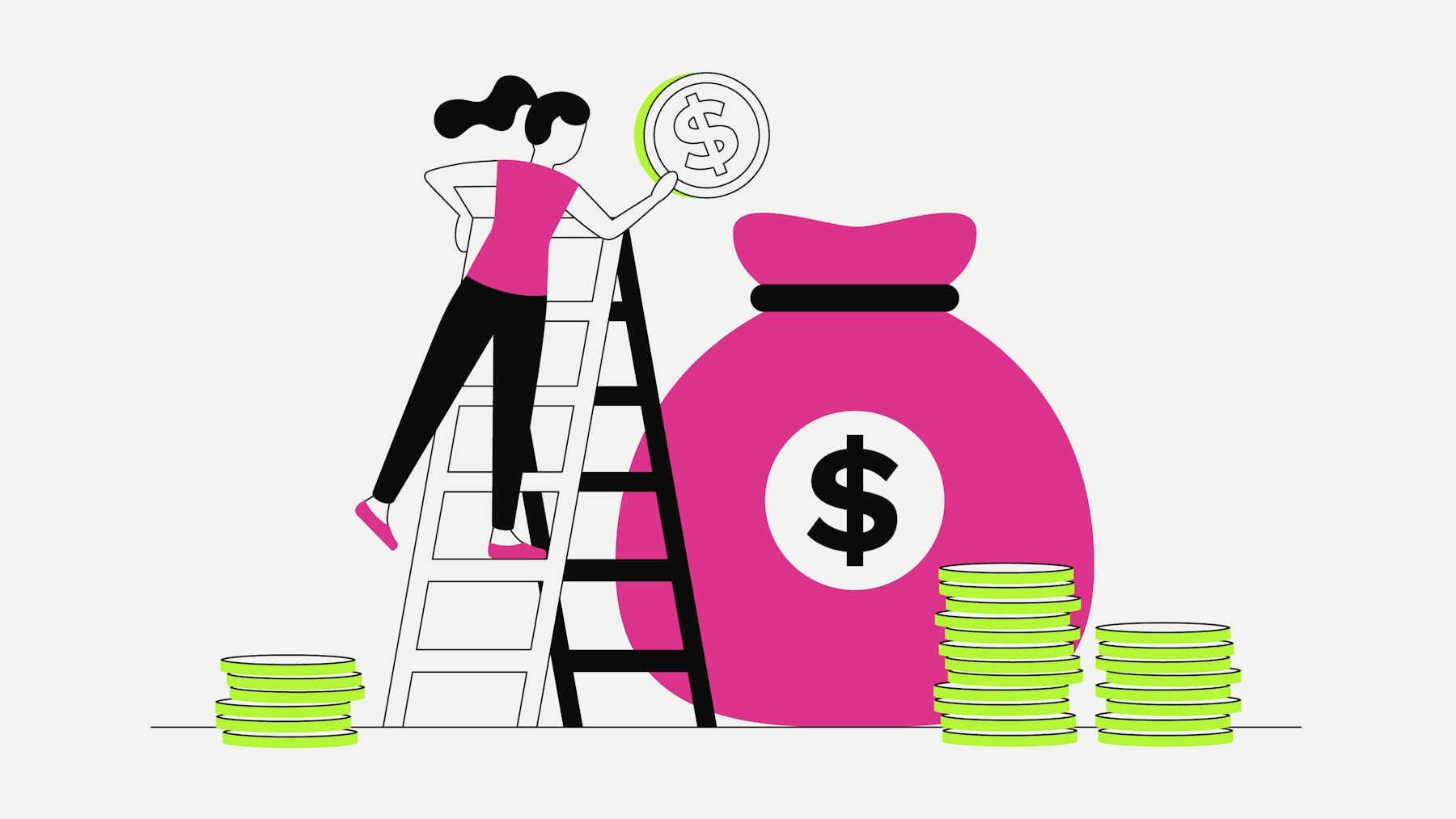How much should I save for emergencies?
The first step of setting up any emergency fund is calculating how much you can actually set aside each month after receiving your salary and making sure you can still pay your bills and necessities. Simply write down the amount in your notebook or excel spreadsheet for your budget for the week, or find another budget method that works for you.
Based on the budget you have, you can then decide how much you want to put into your emergency savings or investment account. For example, you could decide to save 20% of your paycheck each month. Of course, if you manage to set aside more, even better! Once you have figured out which amount should go towards your emergency fund each month, make sure that you set up an automatic transfer from your bank account to your savings account the day after payday.The overall recommendation is to have at least three times your monthly income set aside for emergencies, or even better, six times your monthly income. The reasoning behind this is in case of an unforeseen emergency, you can live off your emergency fund for three to six months. This rule is of course influenced by additional factors, such as social security and government aid in the country you live in. But no matter your situation: at least three times your monthly income is a good rule of thumb.
Maybe you are automatically thinking “I can’t save that much!”. However, the aim of an emergency fund is not to accumulate a lot of money quickly, but to have a cushion set aside to give you peace of mind and to have insurance in case the unthinkable happens. At the end of the day, having an emergency fund is all about planning for the future and the unpredictable events that life may throw at you, as well as potentially growing valuable interest.
